“May I select my own?” Ignatius asked, peering down over the top of the pot. In the boiling water the frankfurters swished and lashed like artificially colored and magnified paramecia. Ignatius filled his lungs with the pungent, sour aroma. “I shall pretend that I am in a smart restaurant and that this is the lobster pond.”
– A Confederacy of Dunces, John Kennedy Toole
Few books capture real New Orleans and its quirks like the Pulitzer Prize-winning, A Confederacy of Dunces. Set in the early 1960s, the satirical novel covers the misadventures of Ignatius J. Reilly, an overeducated bombast who can’t seem to move out of his childhood bedroom, and who writes manifestos and suffers from chronic flatulence.
I first read this book when I was considering moving to Louisiana shortly after college. At the time, I was living in Miami, and had been dating a guy who lived in Baton Rouge. Once on a visit, I found the novel on his bookshelf and gave it a whirl. It was deliciously insane, and even though I didn’t fully get the cultural references, I could not put it down.
Fast forward to this year, 2015 — the 35th anniversary of the book’s publication by the LSU Press. I had indeed moved to Baton Rouge way back when, and while that particular relationship didn’t last, I stayed. Louisiana became my home. I re-read the book this spring, and it was full-circle fun. I had a completely new appreciation for “jambalaya with shrimps” and Lucky Dogs.
One of the reasons I read it again this year was because my friend and fellow LSU Press author, Cynthia LeJeune Nobles, was finishing her A Confederacy of Dunces Cookbook (LSU Press).
I couldn’t wait to see what she came up with.
(Update: Cindy was interviewed on NPR’s Morning Edition on Dec 4. Check out the interview here.)
I’ve gotten to know Cindy through our mutual association with the LSU Press, which also published my book, Hungry for Louisiana, An Omnivore’s Journey. In October, just as Cindy’s book was coming out, we gave a joint talk on Louisiana foodways at the Southern Festival of Books. I got to hear first hand the story behind how she came up with the nearly 200 recipes inside. Some are from dishes directly referenced in the book, like “juicy wine cakes.” Others draw from plot twists, characters and settings.
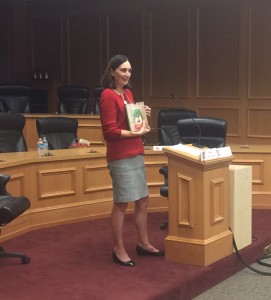
Author Cindy Nobles discussing the intersections between food and fiction in her A Confederacy of Dunces Cookbook.
The cookbook offers extensive commentary about the culinary and cultural scene of 1960s New Orleans, and flipping through it will trigger just how weird and wonderful the characters are. If you’ve read the novel, you’ll recall Darlene and her parrot, Burma Jones and his complaints about The Man and, of course, Irene Reilly’s many issues, including stowing cheap wine in her dormant oven.
Each of the cookbook’s chapters plays with a particular theme, including New Orleans’ emblematic Italian culture demonstrated by the character Santa Battaglia, and the importance of iconic sites like the Prytania movie theater and the D.H. Holmes department store, where the book opens.
LSU Press designer Michelle Neustrom, who I got to know this year during some Press events, did an incredible job creating the book’s cover image. She sculpted it from real food during a spontaneous brainstorming session one day in the Press office. Ignatius would probably scoff at something healthy like spinach shaping his requisite hunting cap, but his beloved hot dogs are there too, tucked neatly below his double chin.
This fall, Nick Offerman (Ron Swanson on Parks and Recreation) will play Ignatius J. Reilly in a stage production of the novel at Boston’s Huntington Theatre. Perfect.
So far, the book has not yet made it to film. Cindy tells me every film project undertaken has been waylaid by tragedy, and there’s a prevailing notion that putting it on the big screen may be cursed.

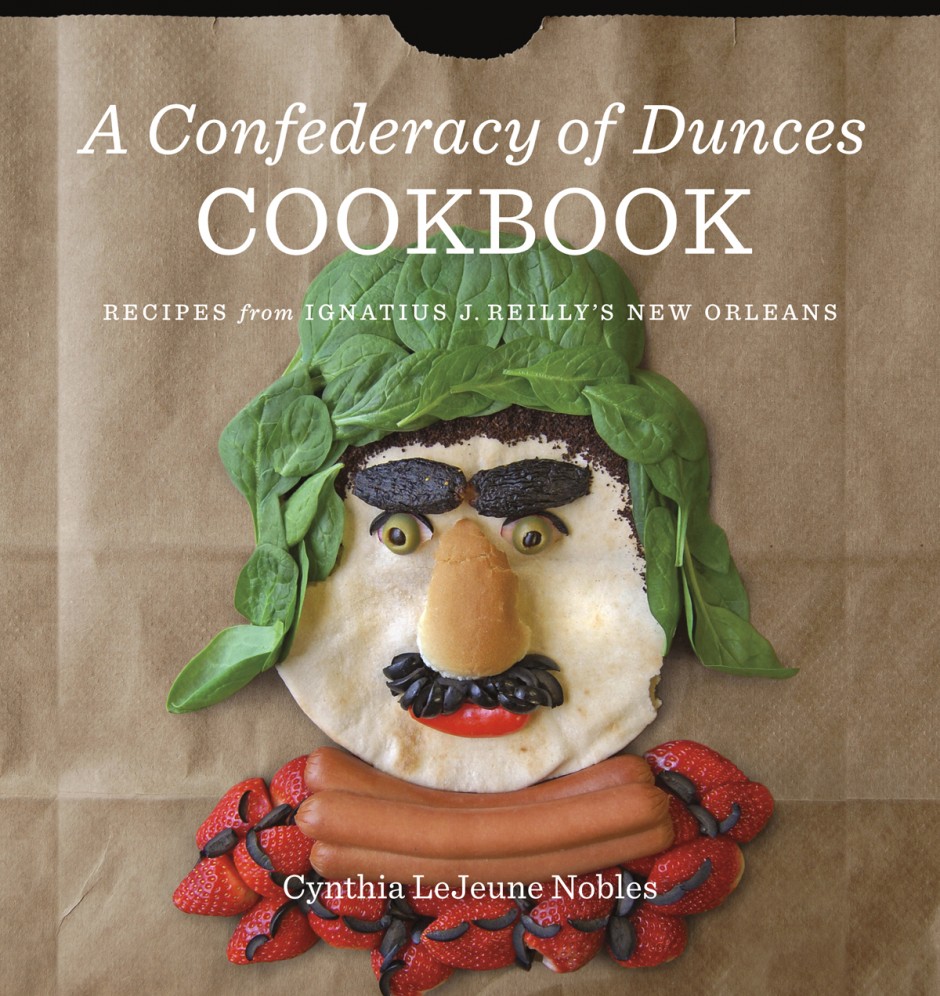

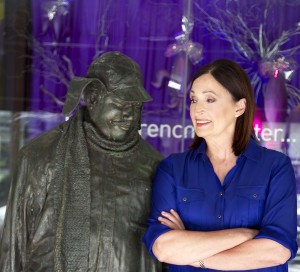
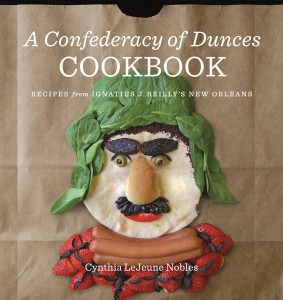
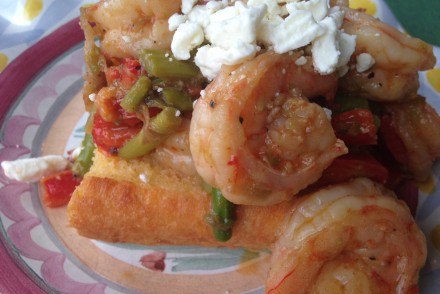

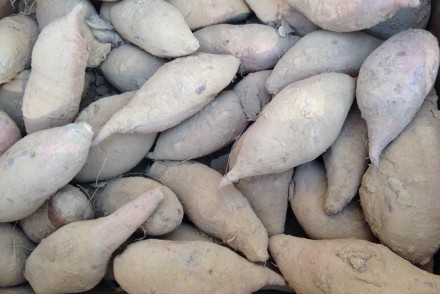
No Comments